‘Connection to Nature Matters More than Technique’—An Interview with Petr Horálek
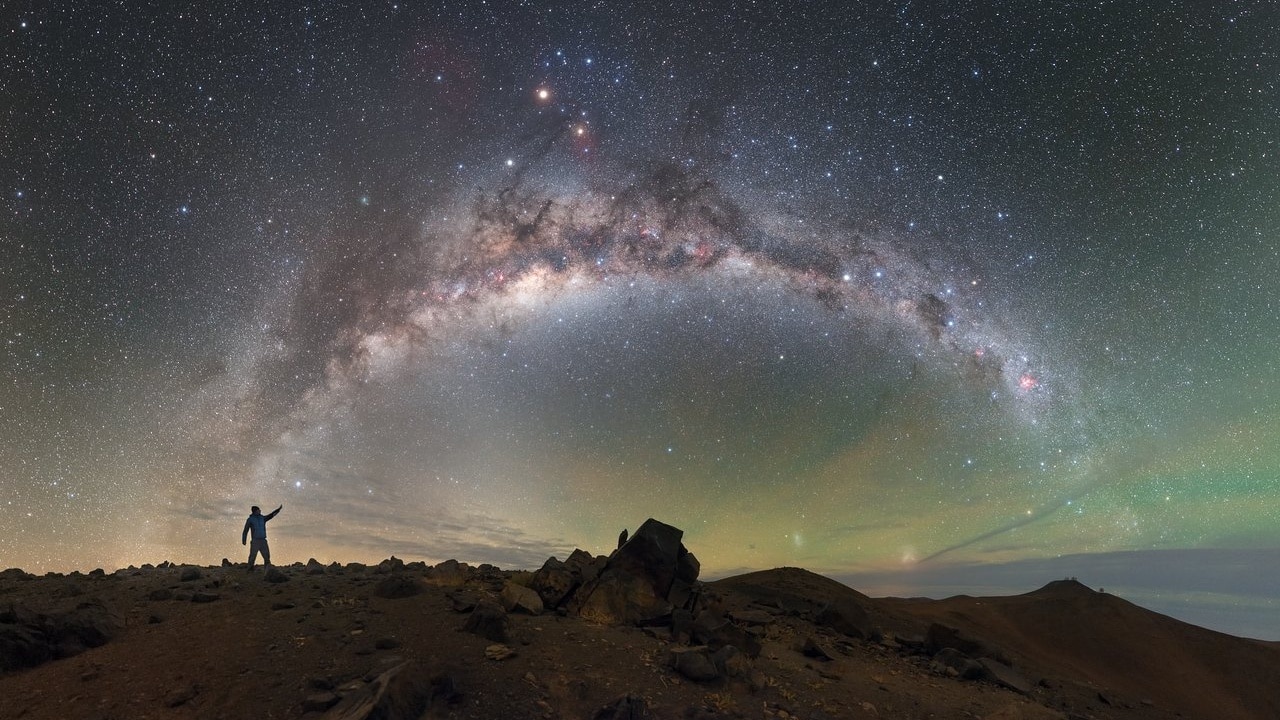
He fascinates thousands with his passion for space and nature. An advocate for astronomy, stargazer, and photographer of the night sky, Petr Horálek is also a talented writer. In our interview, he reveals how he captures cosmic events and what motivates his work and photography. We also asked about his preparation for night sky photography, the equipment he relies on, and why it’s important to know what’s happening in the night sky.
Petr is a NASA award winner and the first Czech photo ambassador to the European Southern Observatory. He also serves as a delegate of the International Dark-Sky Association. Discover what he says is the key to his success in astrophotography.
Briefly, what do you enjoy most about photography, and what drew you to it? (This is probably a common question).
Most likely legacy. I try to use astrophotography, and photography in general, to show people things they normally can’t see and the beauty of the night sky. At the same time, I use my work to spotlight the urgent issue of light pollution. It’s a problem that has persisted for decades and still doesn’t get the attention it deserves.
In one of your many interviews, you mentioned that it’s your dream to photograph “the comet of the century.” Have you seen it? Were you able to get any photos?
The comet of the century is a vague term that is open to interpretation. Today, a comet visible even from a city could be considered the comet of the century. It might even be bright enough to observe during the day—or in rare cases, with the naked eye. At its most spectacular, its mesmerizing tail, visible in dark skies far from the city, can stretch across a third of the night sky.

A comet like this should be visible for at least a few weeks, leaving a lasting impression on many.
I only had a chance to see one for a brief time—the McNaught Comet in 2007. It was everything I described, except for one thing—when at its most beautiful, it shifted to the southern sky, and we hardly had the chance to enjoy it.
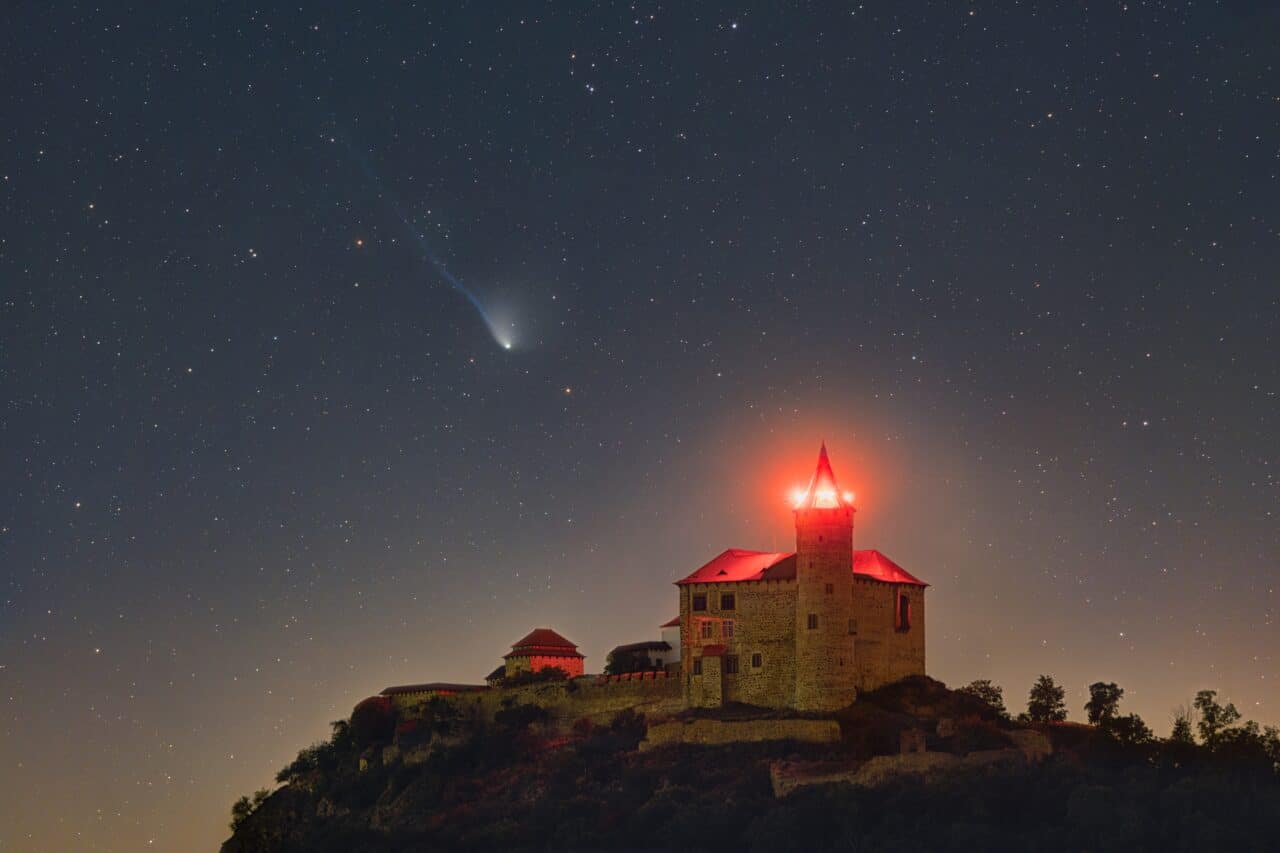
This comet was only rivaled by the long-tailed Neowise in 2020, and the Tsuchinshan–ATLAS. However, even those who have witnessed true long-tailed comets in the past agree that neither of the two comets was the legendary “comet of the century.” Hopefully, we’ll see one in the near future.
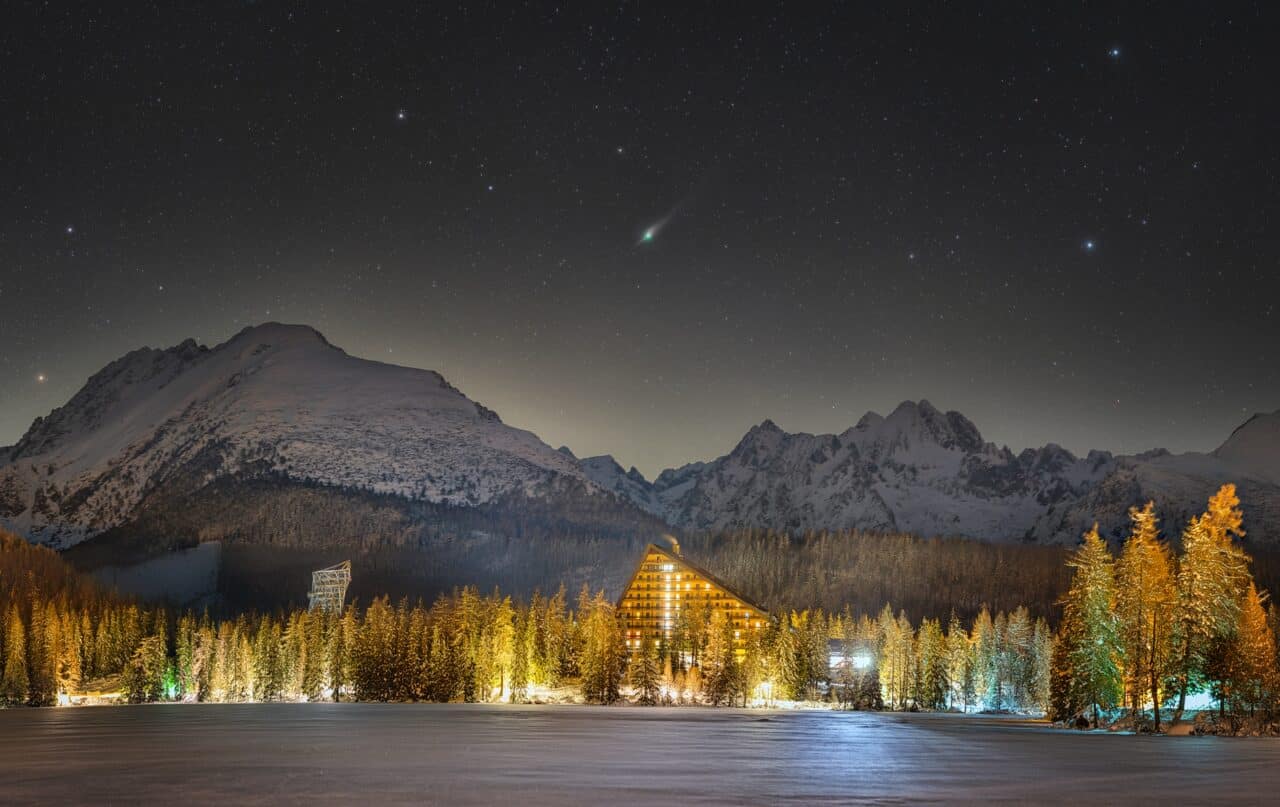
How many solar eclipses have you seen and what is the most challenging part of photographing one in terms of technique and setup?
15 total solar eclipses, two annular, and six partial. The most challenging part is always setting up the equipment at the last minute due to the weather, to ensure the photography is accurate and requires minimal human intervention. Especially during a total eclipse, which can be very dynamic, wild, breathtaking…and also very short. You want to enjoy it while still taking pictures.
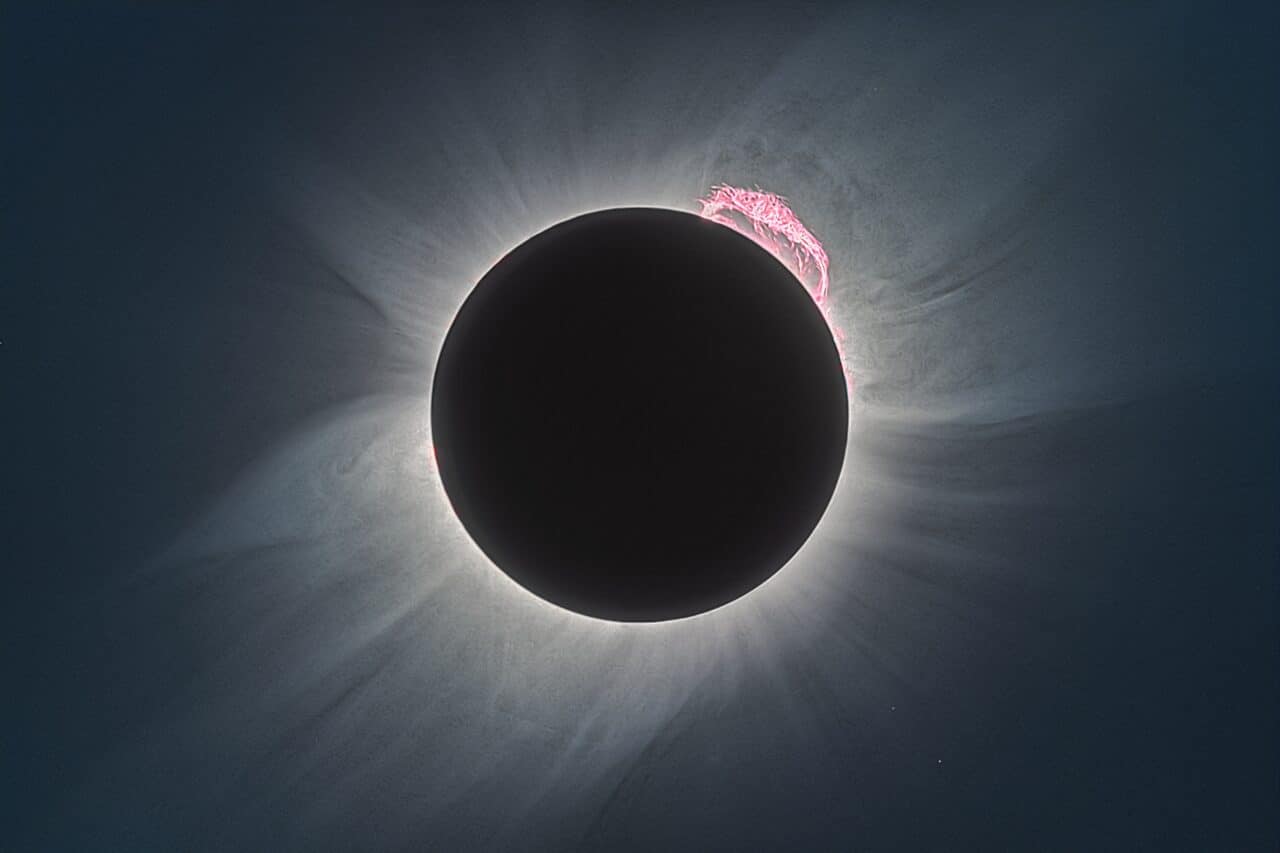
For the shoot itself, various automated scripts and settings are used to control the equipment at the time of the event. You just need to identify and resolve any bugs beforehand so that the actual shoot is stress-free.
Are you already preparing for 2027, when the longest solar eclipse of the century (6:23) will occur? What do these preparations entail?
Not yet. I am always preparing for the next one, and in this case, it’s in August 2026 in Spain. I am already in touch with colleagues in the field about a scientific framework program, which we’ll begin preparing in 2025.
How do you prepare for a shoot? Is it possible to capture a good image of the night sky without preparation?
It always depends on the specific astronomical event or scene I’m photographing. Classic landscape night photography is more about finding the right location, composition, and timing—such as when the Milky Way is in its most beautiful position. Once this is in place, the actual shoot is easy.
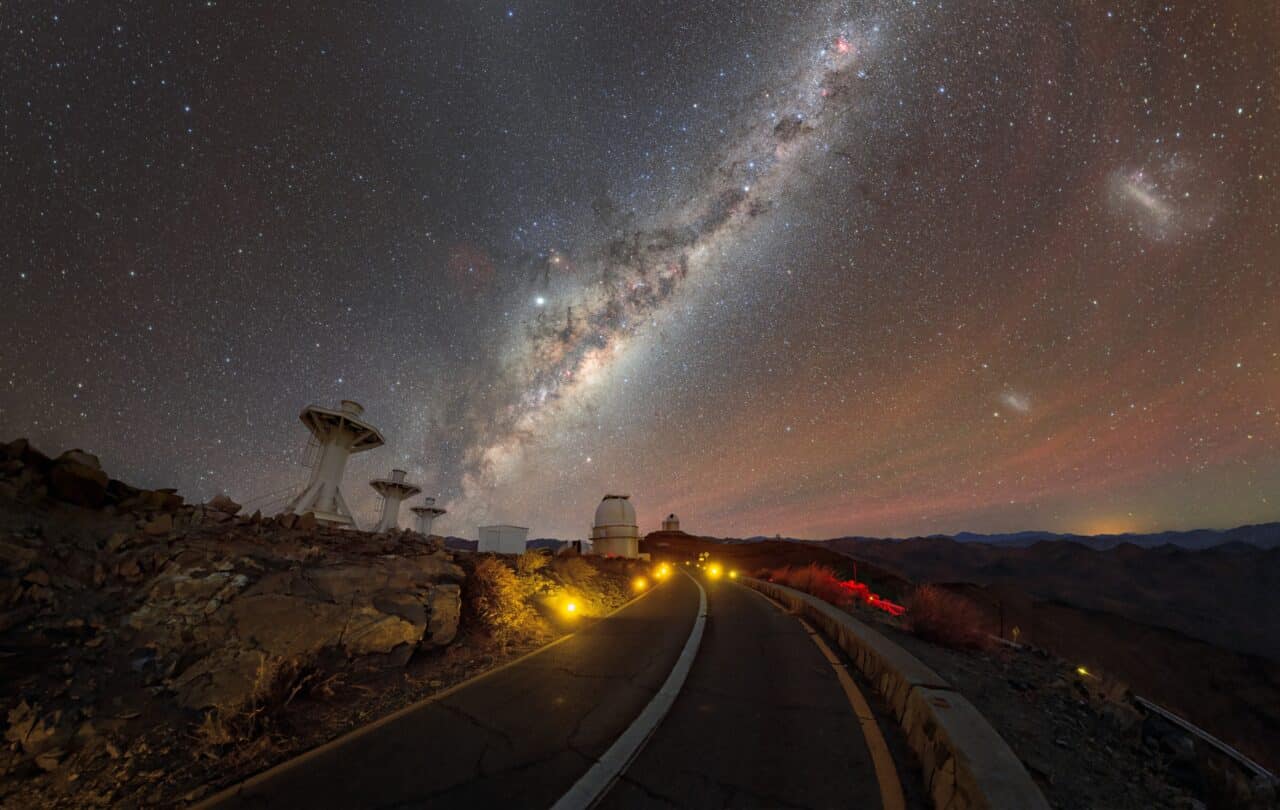

I prepare for rare astronomical events based on whether they can be predicted in advance and the path they take—like with an eclipse.
As for events that may occur during a given period, when capturing them is a matter of chance and luck, I try to stay vigilant and not miss the opportunity. For example, this was the case with the red elves.
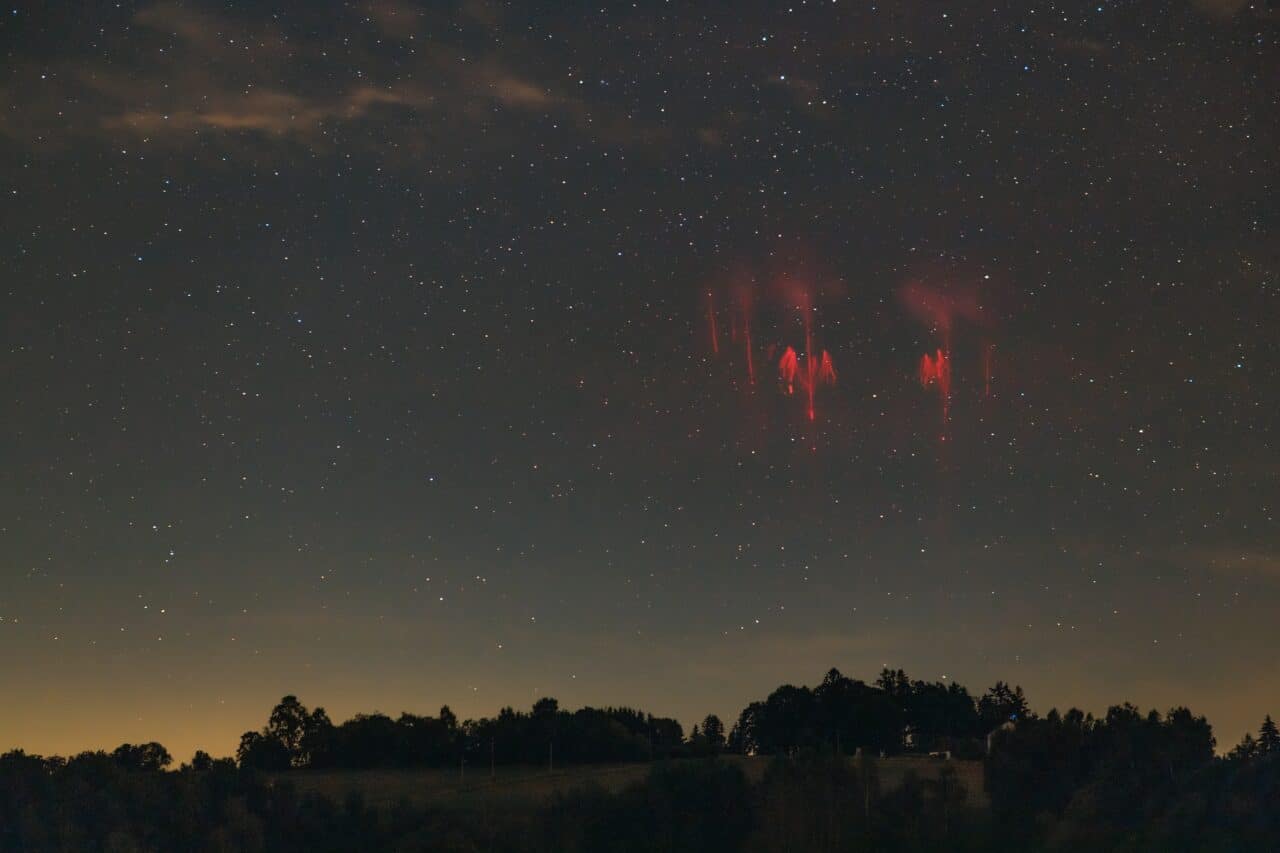
Each event requires a different technique. There is no universal guide. I cover various techniques and best practices in my workshops.
Can you capture something good without preparation? Of course. The most important thing isn’t technique, but a connection to nature and awareness of rare phenomena. When the moment arrives, even basic techniques can produce unique results. Knowing what’s happening in the sky is a major advantage.
Your work isn’t technically photos, but composite images, correct? How long does it take to compose these images?
Firstly, it’s not my work; it’s astrophotography. These images are made from often digital, rarely analog, data that is processed using the proper mathematical methods to minimize artifacts caused by imperfect equipment—such as sensors, lenses, etc. The resulting image is a pure representation of the observed object or event.
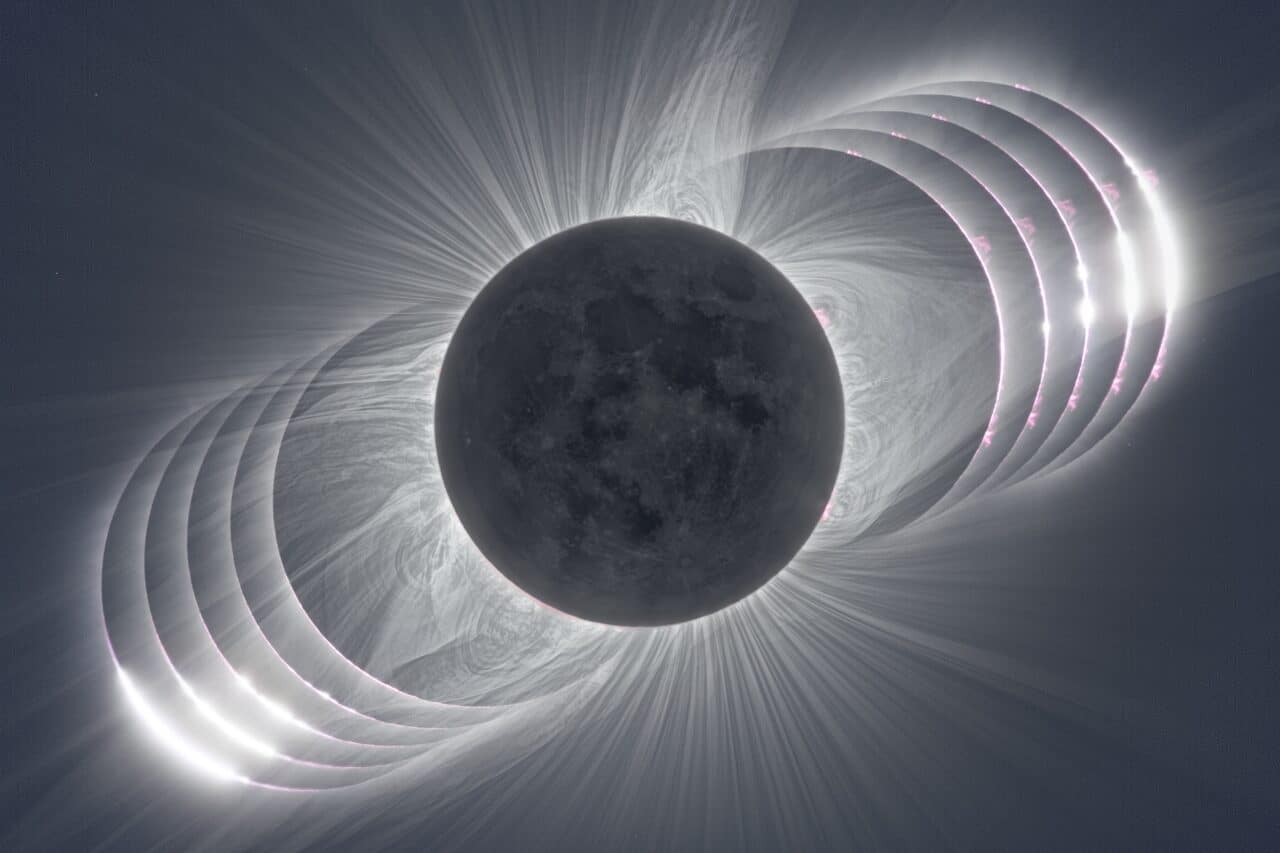
Sometimes a single click of the camera is enough, and other times not even advanced procedures can capture the event. For example, when the event is very short or occurs unexpectedly, like a bright bolide, red dwarf, or even the extremely rare solar halo. In some cases, the results come from single shots taken within a few seconds at most.
But there are cases—such as with distant space objects, meteor showers, and similar events—where astrophotography is the result of several hundred hours spent working with image data.
What equipment do you use? Do you use an HDR monitor when editing?
I use Full-frame cameras, fast lenses, stable tripods, and in some cases, mobile setups. I don’t use an HDR monitor, but I rely on color-calibrated monitors to ensure accurate color reproduction in my astrophotography. For example, with the chromatic sensitivity of my cameras, which have high transmittance across the visible spectrum.
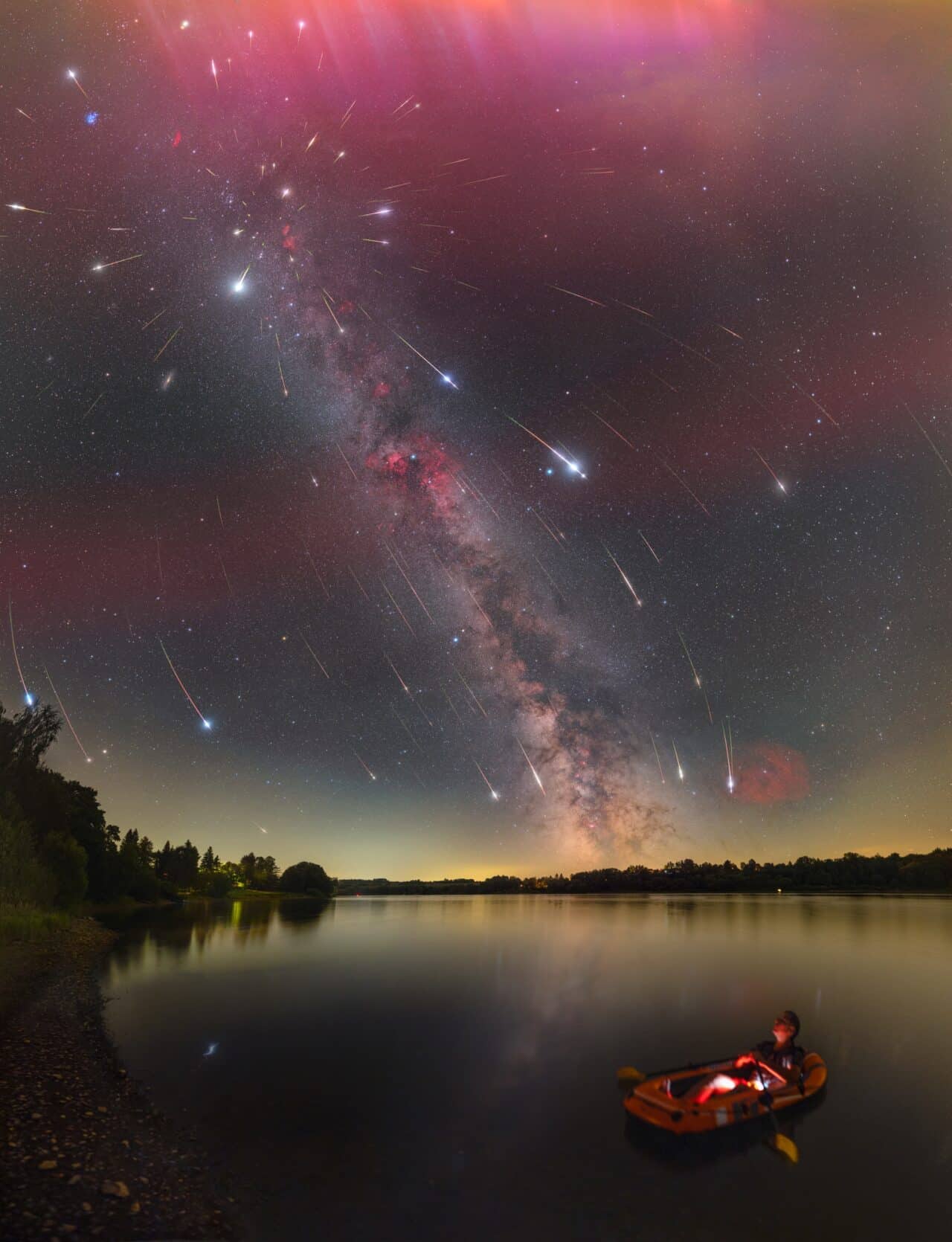
How many programs do you use to process your photos and what role does math play?
I use several dozen programs, each designed for a specific task. One handles the calibration of image data, such as cleaning up bright images with digital noise, brightness compensation, and other adjustments. Another program stacks the calibrated images correctly on top of each other and merges them using various statistical methods to reduce noise, depending on the conditions of the shoot.
Other programs can separate large objects from small ones, allowing the image to be processed at sub-pixel, pixel, and supra-pixel scales. And so on and so forth. Each event and object requires its own unique approach. This means there’s often a special procedure for preparing, or even correcting, the data before it is processed into the final image. That is, the specific sequence of the programs used.
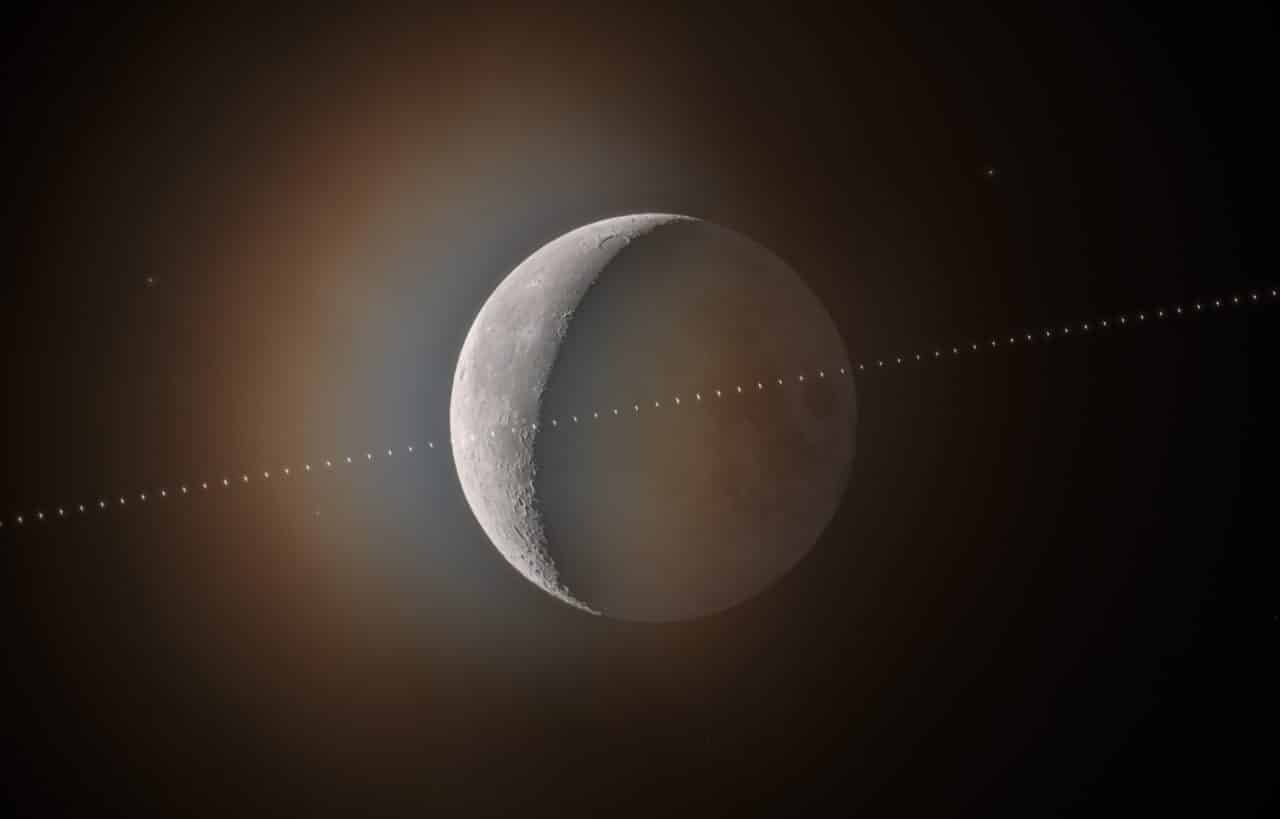
Can AI help with editing or stacking images? Do you use it?
Absolutely not! AI is highly problematic in the field of scientifically accurate astrophotography. This is because AI modules don’t understand which procedures are correct and which are not. They operate solely based on simple specifications set by their creators and don’t provide the photographer with enough control over each step of the process.
As a result, the outcomes can—and often do—deviate from any scientifically accurate representation of reality, which is defined by a rigorous approach to the data.
Unfortunately, AI doesn’t distinguish between processes that are fundamental and those that are not.
How many cameras and lenses do you have at home?
I have five cameras, four of which are full-frame Canon 6Ds. They produce a sound that’s no longer heard in modern models—a little miracle among full-frame cameras. Even after more than 12 years, they still deliver excellent image data for astrophotography. I have twelve lenses, ranging from wide-angle to telephoto.
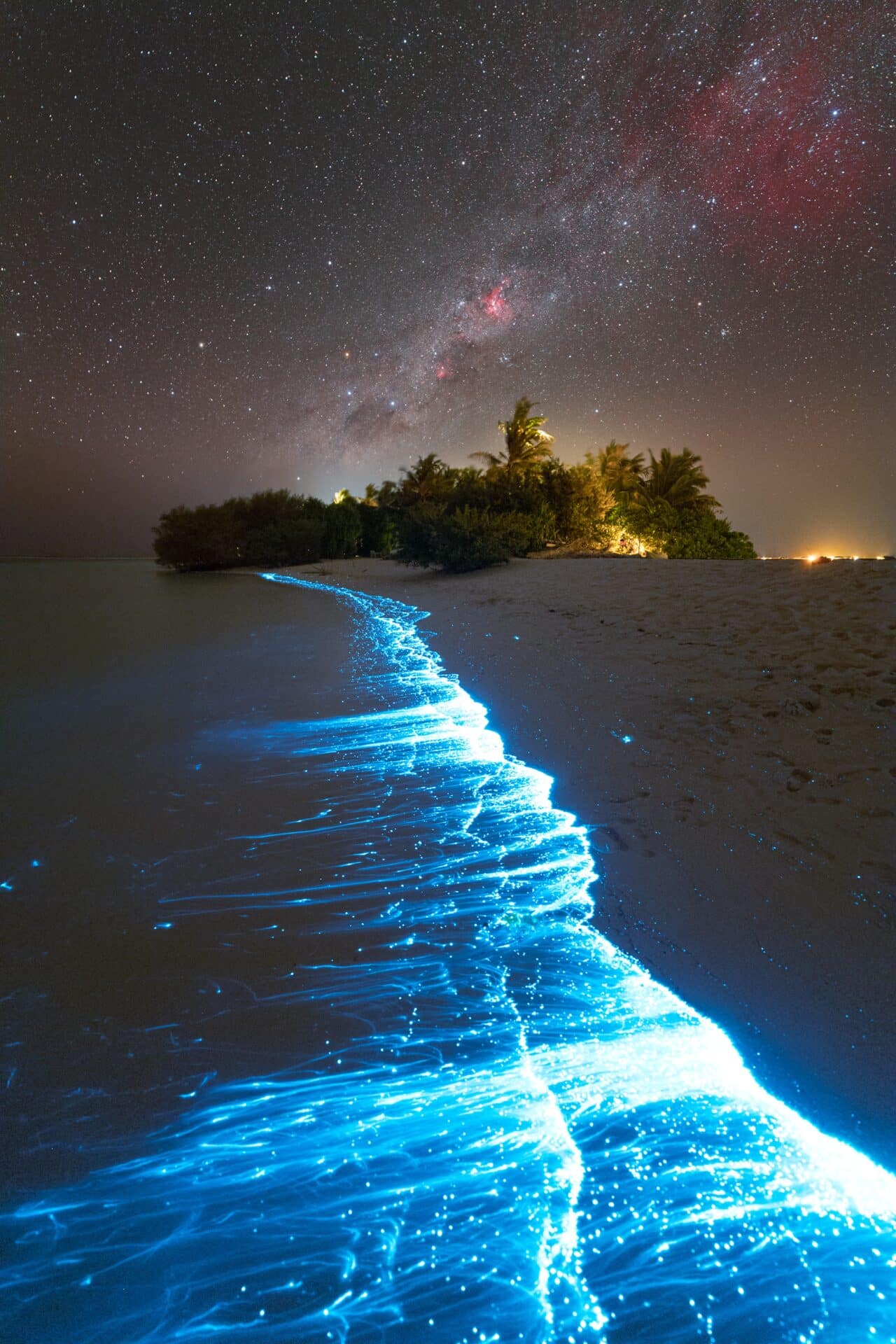
What is your favorite lens and why? Can you recommend an affordable lens for the average photographer?
Currently, my favorite is the Sigma ART 35mm, which lets you capture a stunning starry panorama with a single click. I also enjoy the Tamron 70-200mm, which has a fixed aperture of 2.8, allowing me to capture intricate details, even of faint comets.
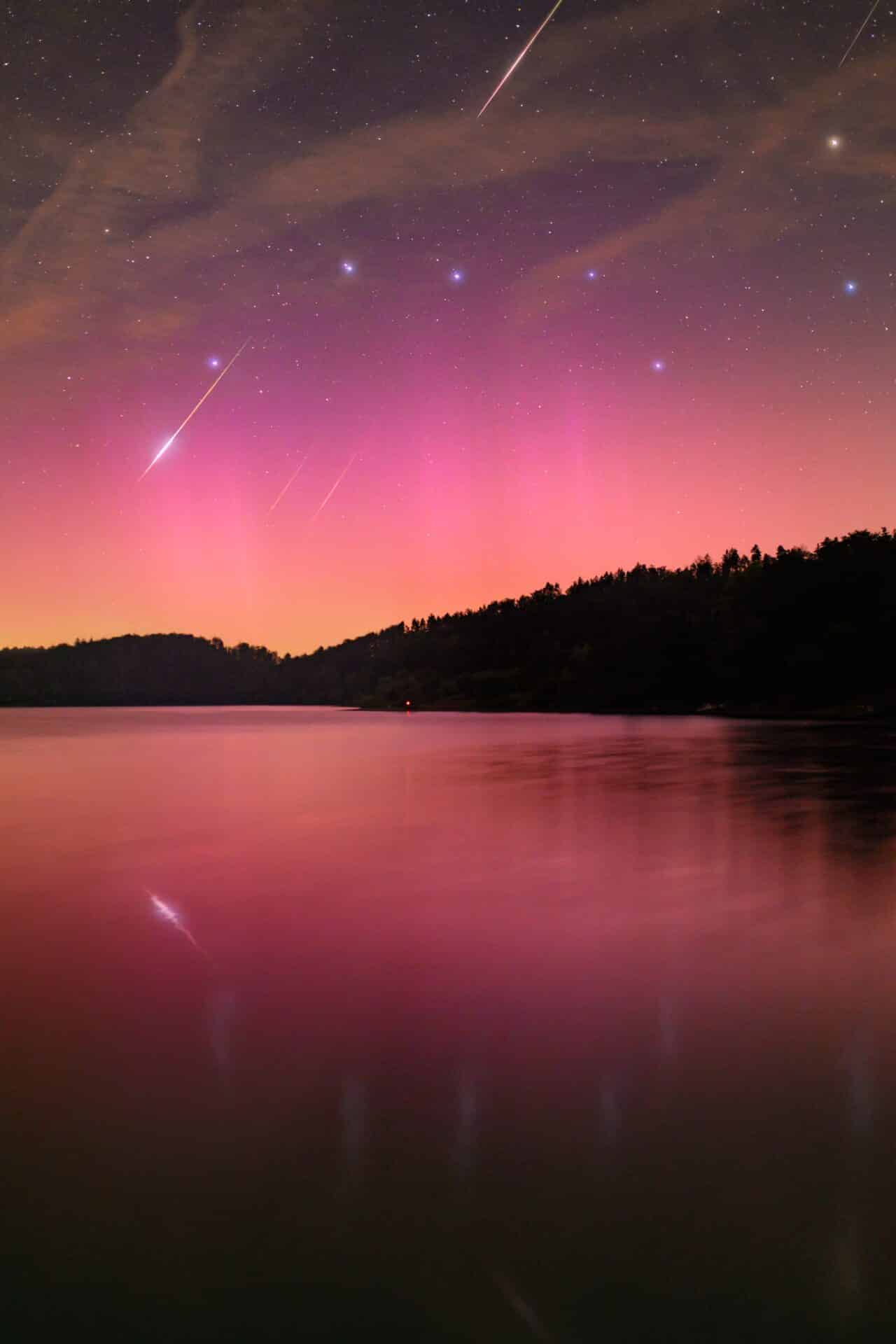
You recently published a book—can you tell us more about it?
Yes, I did! While I may seem like an astrophotography geek through and through, my book, Tales of a Space Nomad, is for everyone—even those who aren’t particularly into stars, space, or photography.
The book is inspired by my lectures, “If Photography Could Talk,” “Jewels of the Dark Sky,” and “The Secret of NASA Images.” It was five years in the making, delayed by the pandemic and subsequent global crisis. Through its stories, it takes the reader behind the scenes of some of the photographs you may have seen, but whose stories you likely don’t know.
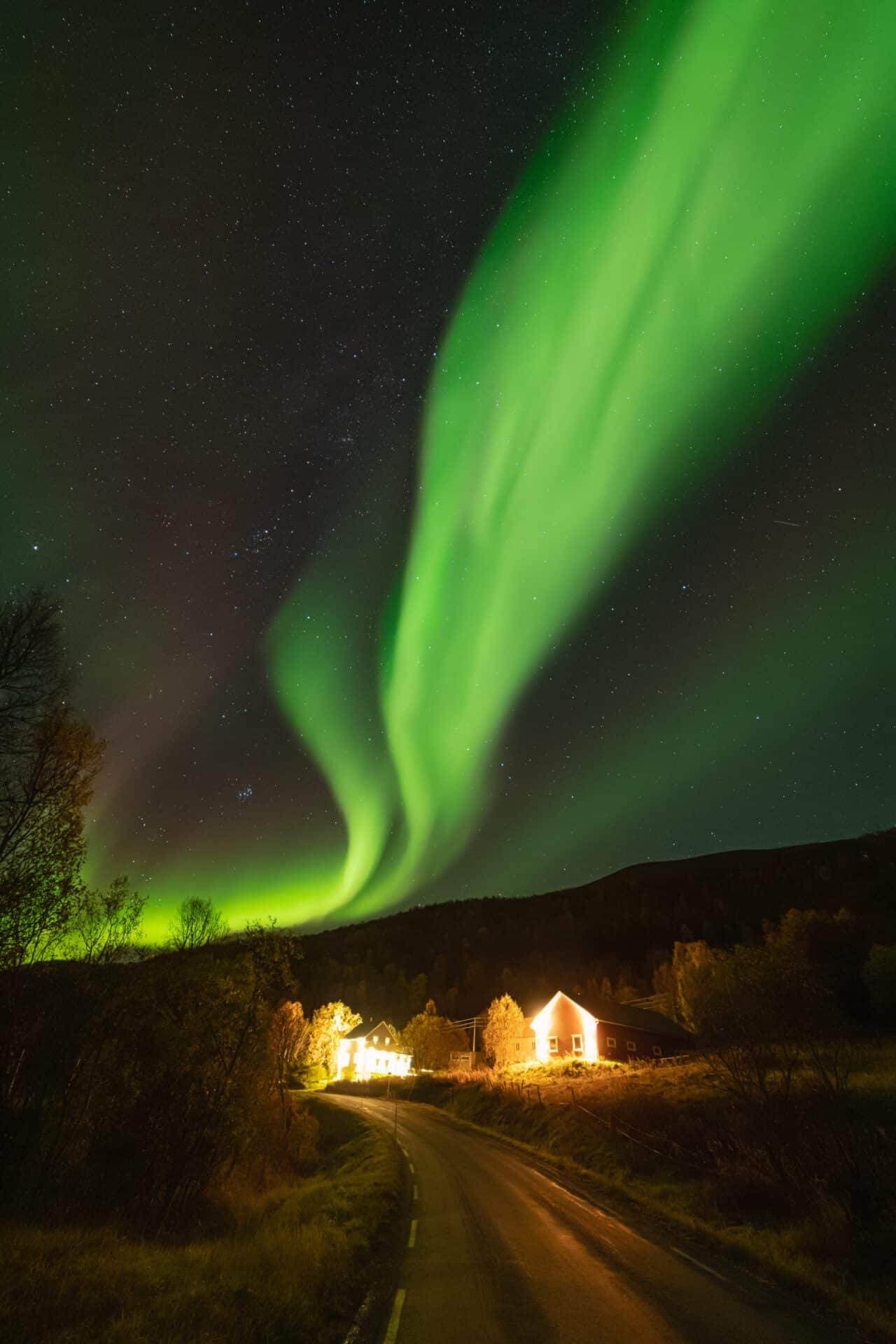
In my book, you’ll learn that one of my images was published by NASA due to a misunderstanding. Or, another story about how I had an uninvited and dangerous animal companion behind my back while photographing the starry sky in Uganda. I also came close to losing my life at the hands of an American shooter in a national park before capturing a unique star mosaic. You’ll also learn how fishing relates to the U2 song Grace, and what it’s like to travel halfway around the world during a pandemic for a near-space flight.
In short, it’s a collection of the most dramatic, funny, and deeply human moments I’ve experienced in my travels around the world, photographing the night sky and more.
During the interview, there was no scathing critique of AI—though it would have been deserved. We didn’t expect Petr to approve of this technology :-) But there were countless moments of admiration. Petr’s passion for this challenging photographic discipline is truly inspiring. Thank you so much for your time, Petr, and for sharing your breathtaking photos. You can follow Petr’s work on Facebook or Instagram.
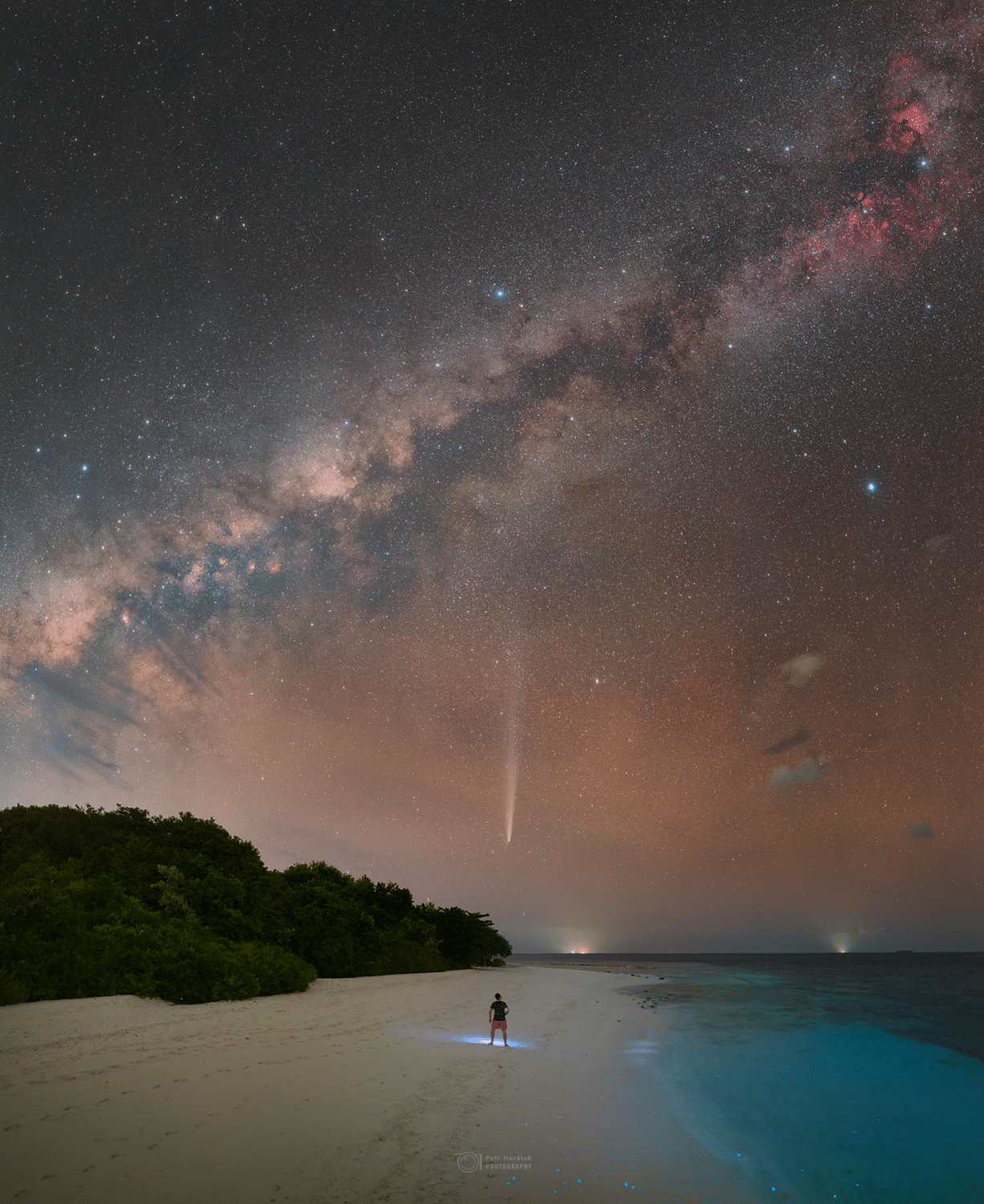
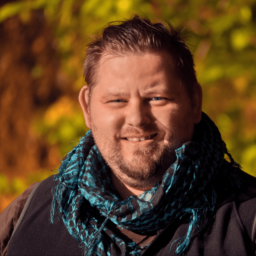
There are no comments yet.